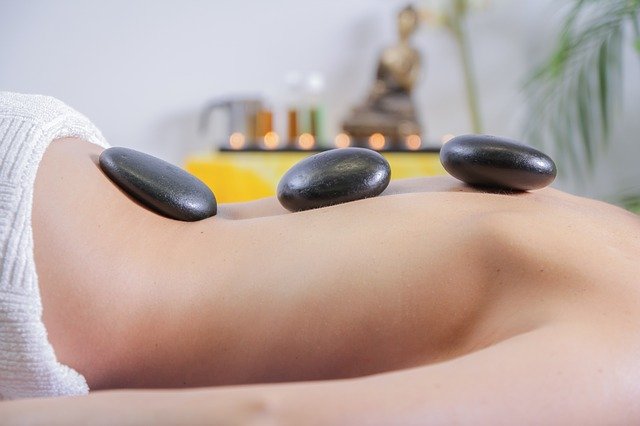Massage is a general term for pressing, rubbing and manipulating your skin, muscles, tendons and ligaments. Massage may range from light stroking to deep pressure. There are many different types of massage, including these common types:
Swedish massage. This is a gentle form of massage that uses long strokes, kneading, deep circular movements, vibration and tapping. It helps you feel relaxed and energized.
Deep massage. This massage technique uses slower, more-forceful strokes to target the deeper layers of muscle and connective tissue. It’s commonly used to help with muscle damage from injuries.
Sports massage. This is similar to Swedish massage, but it’s geared toward people involved in sport activities to help prevent or treat injuries.
Trigger point massage. This massage focuses on areas of tight muscle fibers that can form in your muscles after.
injuries or overuse.
Reflexology; this practice involving the application of pressure to specific points on the feet and hands. This is done using thumb, finger, and hand massage techniques without the use of oil or lotion. It is based on a pseudoscientific system of zones and reflex areas that purportedly reflect an image of the body on the feet and hands, with the premise that such work on the feet and hands causes a physical change to the supposedly related areas of the body.
Benefits of massage
Massage is generally considered part of integrative medicine. It’s increasingly being offered along with standard treatment for a wide range of medical conditions and situations.
Massage benefits can include:
- Reducing stress and increasing relaxation
- Reducing pain and muscle soreness and tension
- Improving circulation, energy and alertness
- Lowering heart rate and blood pressure
- Improving immune function
While more research is needed to confirm the benefits of massage, some studies have found massage may also be helpful for:
- Anxiety
- Digestive disorders
- Fibromyalgia
- Headaches
- Insomnia related to stress
- Low back pain
- Myofascial pain syndrome
- Nerve pain
- Soft tissue strains or injuries
- Sports injuries
- Temporomandibular joint pain
- Upper back and neck pain
Beyond the benefits for specific conditions or diseases, some people enjoy massage because it often produces feelings of caring, comfort and connection.
Despite its benefits, massage isn’t meant as a replacement for regular medical care. Let your doctor know you’re trying massage and be sure to follow any standard treatment plans you have.
Risks of massage
Most people can benefit from massage. However, massage may not be appropriate if you have:
- Bleeding disorders or take blood-thinning medication
- Burns or healing wounds
- Deep vein thrombosis
- Infections
- Broken bones (fractures)
- Severe osteoporosis
- A very low platelet count (severe thrombocytopenia)
Discuss the pros and cons of massage with your doctor, especially if you are pregnant or if you have cancer or unexplained pain.
Some forms of massage can leave you feeling a bit sore the next day. But massage shouldn’t

